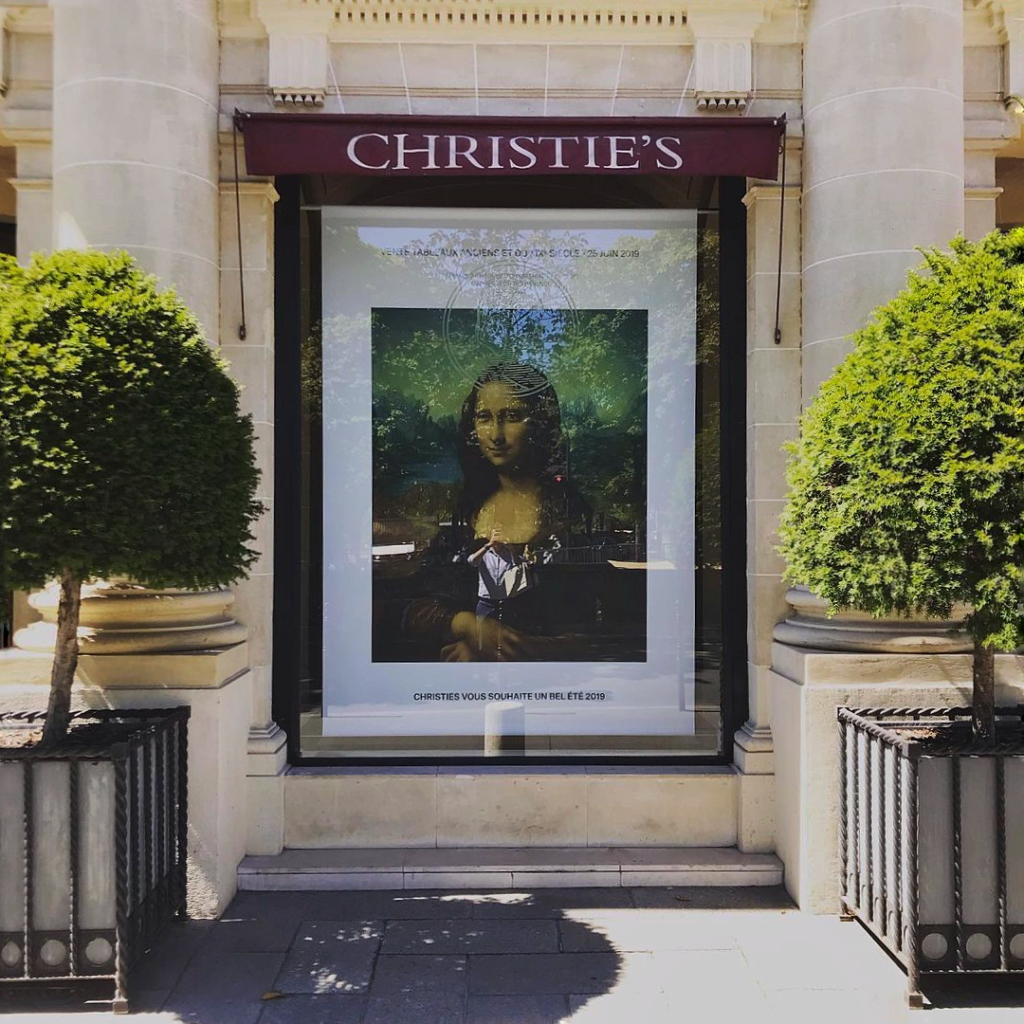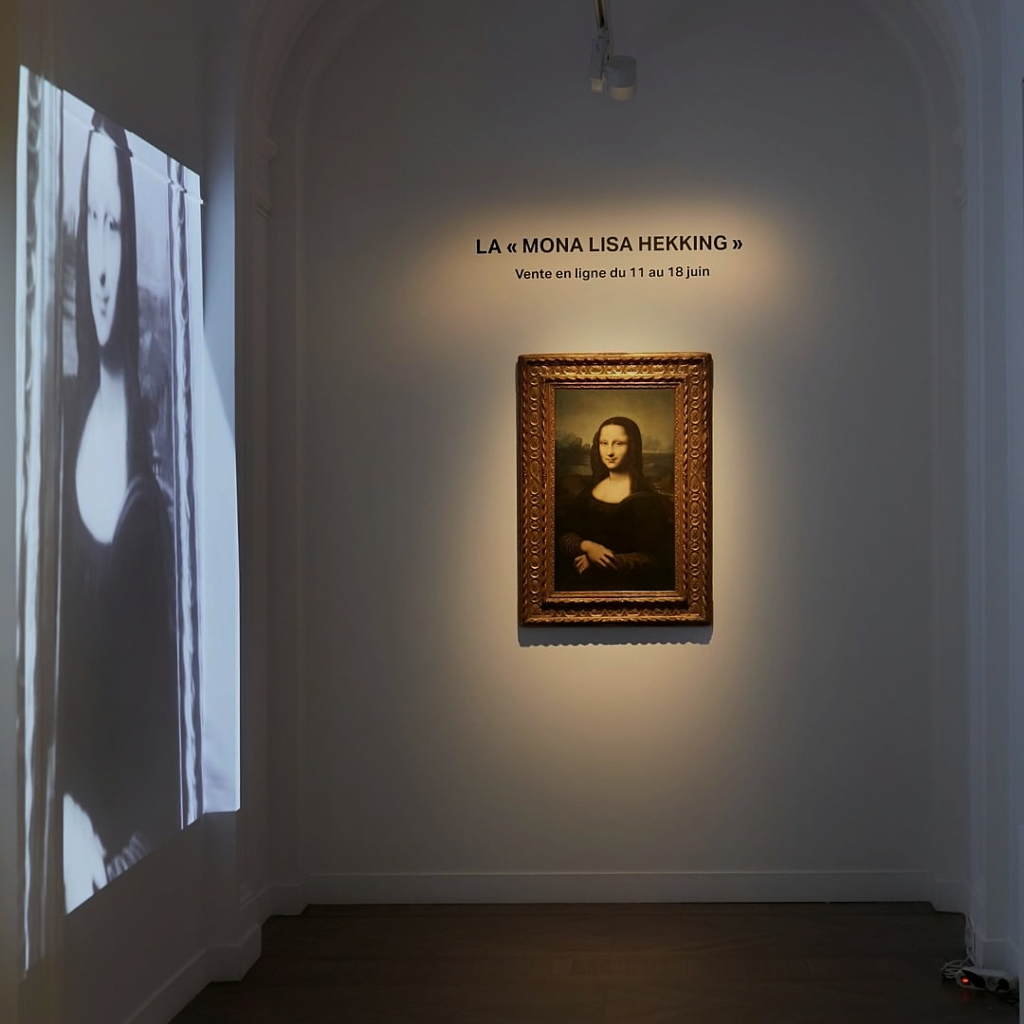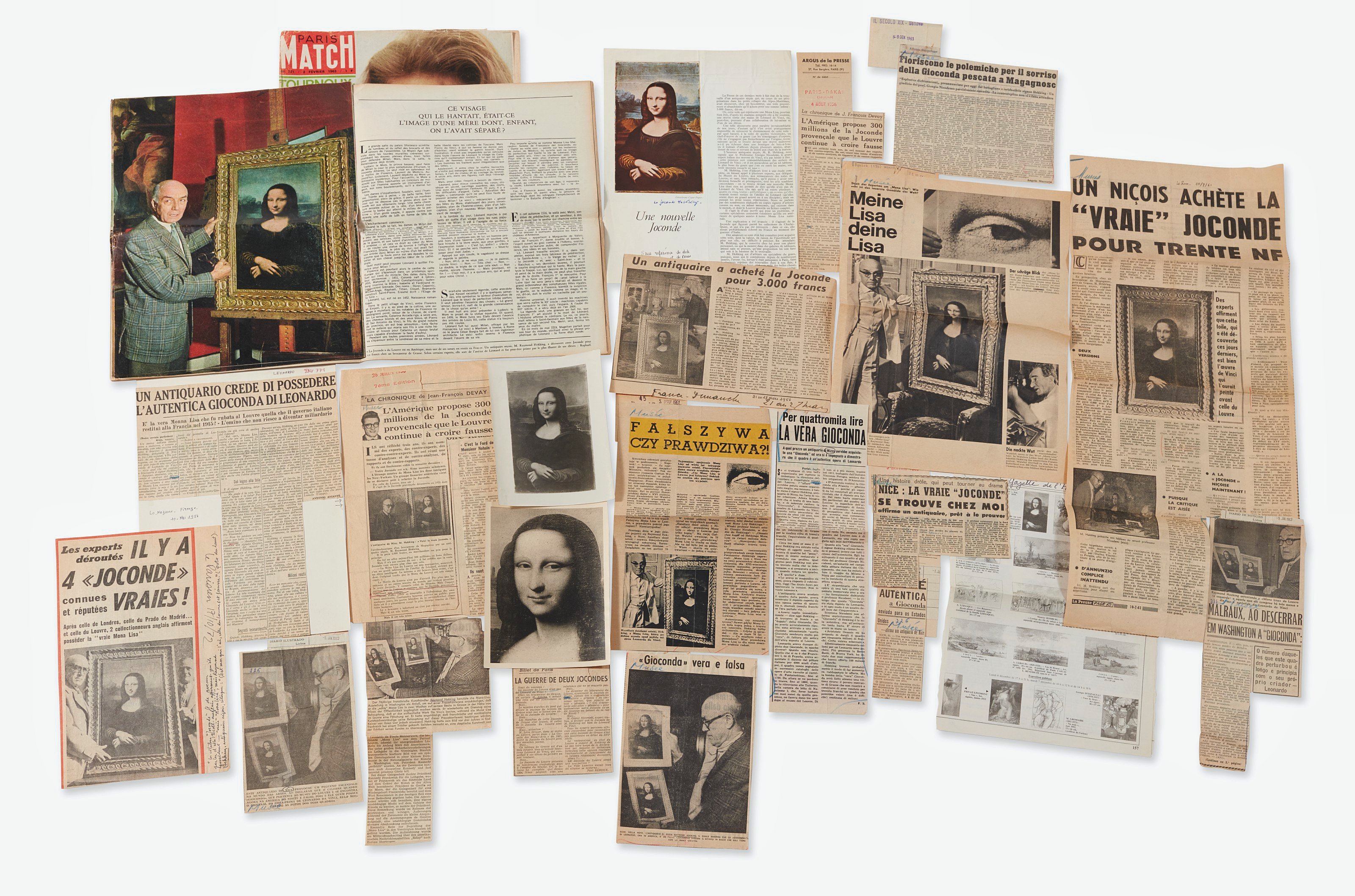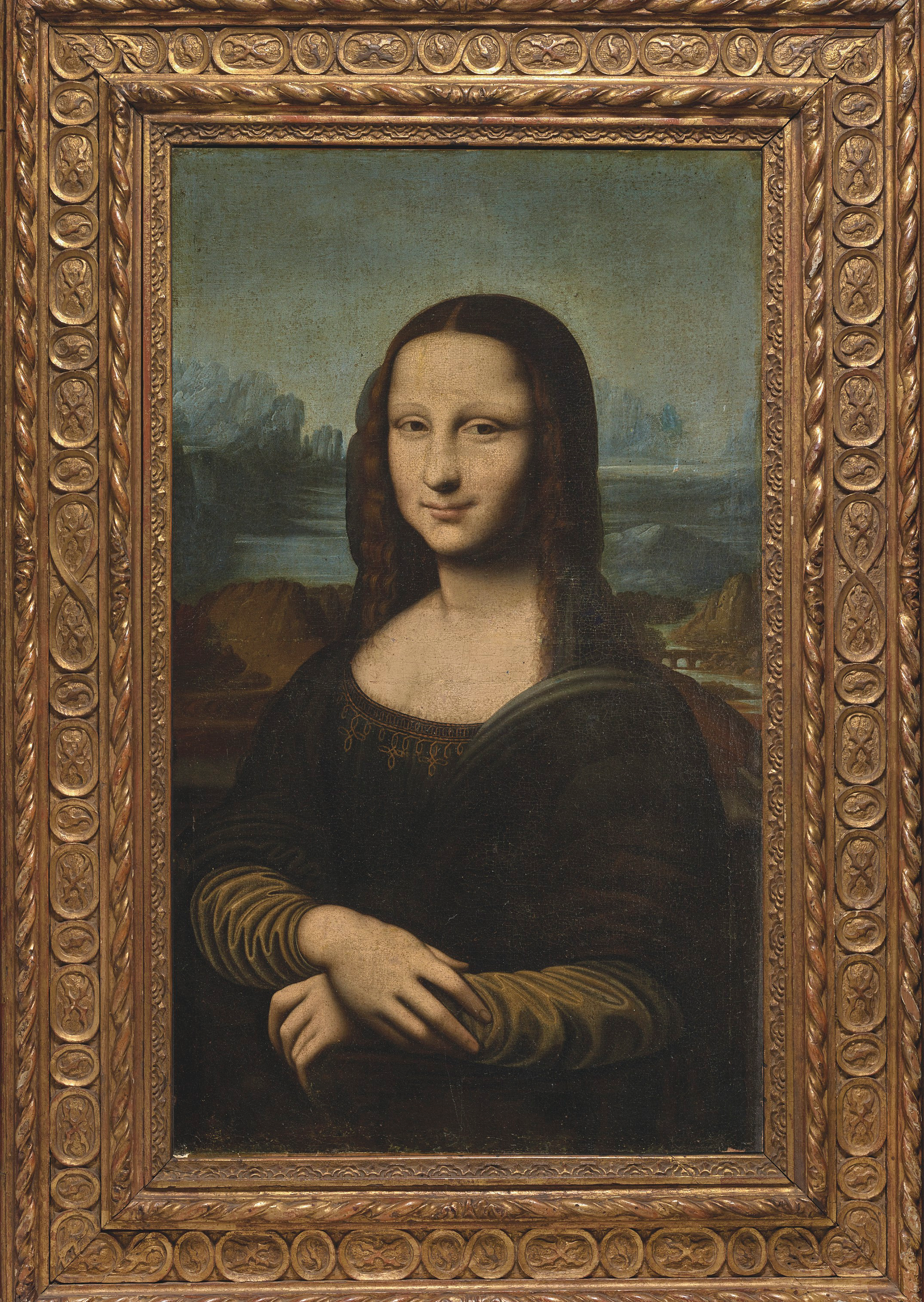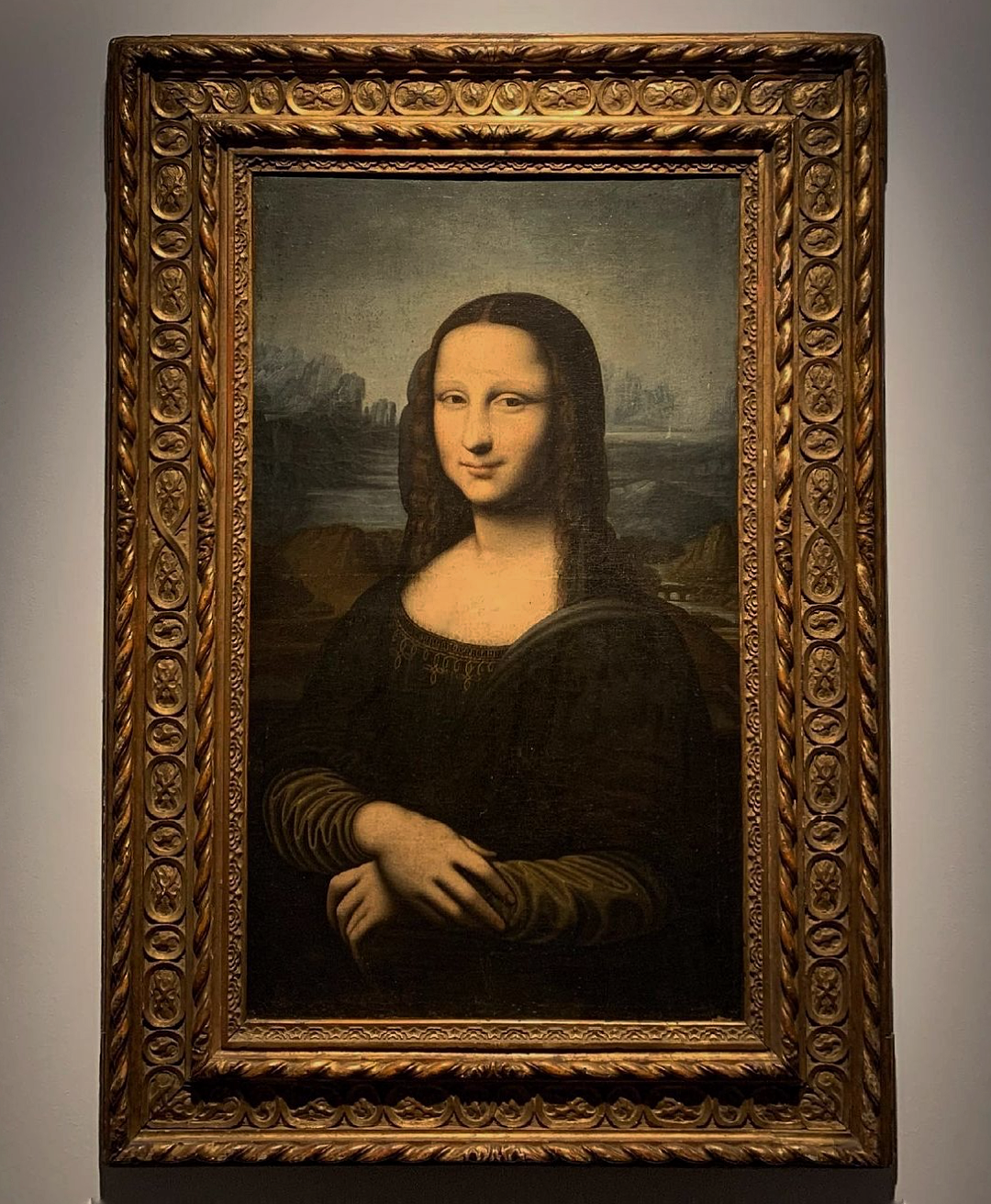
The Hekking Mona Lisa was sold at Christie's in Paris, on 18 June 2021 by a European collector with a price realised USD$3,400,000 (EUR€2,900,000), 10 to 15 times more than Christie's had estimated and the most ever paid for a replica of Mona Lisa.
École Italienne du début du XVIIe siècle, Suiveur de Leonardo da Vinci (Italy, 1452–1519)
The Hekking Mona Lisa
oil on canvas
79,5 x 47 cm. (311⁄4 x 181⁄2 in.)
Provenance
Acquired from an antique dealer in Magagnosc in the Nice region in the early 1950s;
Raymond Hekking Collection (1886-1977);
Remained since in the descendants, Nice.
AFTER LEONARDO DA VINCI, MONA LISA, OIL ON CANVAS
We have the pleasure to present the Hekking Mona Lisa, the passionate dream of one man’s life: Raymond Hekking. The work was acquired by M. Raymond Hekking (1866-1977) in his native region of Nice from an antique dealer in the 1950s. He then devoted his energy to defending his version of the painting, which he advocated as the original, relegating the reference work by Leonardo da Vinci kept in the Louvre to the rank of a copy. M. Hekking became an outstanding communicator, summoning the press, television and all the media from around the world to Nice, never hesitating to challenge the Louvre to prove the authenticity of his version. His intention was to question the restitution of the authentic work in the place of a copy after the famous theft of the painting by Vincenzo Perugia from the Louvre on August 22nd, 1911. The 1960s were a particularly important period for M. Hekking, who used the media campaign of the Mona Lisa's trip from the Louvre to the United States to communicate with American journalists; the Pathé film, ‘Mona Lisa Sensation’ is a perfect example.
Certainly one of the most identifiable images in the world, the original panel version of the Mona Lisa entered the royal collection of François I, in France, shortly after 1517. Several copies were made from the 17th century onwards, attesting to the work's great aura. The columns on each side are missing from the Hekking Mona Lisa, which is reduced on each side and therefore centered on the model. The Hekking version is similar to the group of paintings produced in the 17th century in terms of facture and material. The image remains as striking and fascinating as the perseverance of M. Raymond Hekking, marked by personal conviction and poetry.
The act of copying the Mona Lisa, the embodiment of the Renaissance in all its splendour, is almost a required test for artists of all periods. The young woman's enigmatic smile, her mysterious sensuality, the many theories about the model’s identity and the royal destiny of the painting have fascinated several generations of painters. In 1952, the exhibition “Hommage à Léonard de Vinci” at the Louvre Museum listed more than fifty copies of the delicate model. Of the known versions, the oldest seems to be the one in the Prado Museum, considered to be from the painter's studio (inv. no. P000504).
New discoveries have since added to this list. In 2019, three copies of the Mona Lisa appeared in the international art market. On 31 January 2019, a 17th century version of a Da Vinci follower sold at Sotheby's in New York for $1,695,000. A few months later, the same house offered another 17th century version by a master follower in Paris on 19 November 2019. Sold for €552,500, this one shared with the version in the Walters Art Museum in Baltimore (inv. no. 37.1158) the particularity of integrating two colonnettes into the balustrade in front of which the model sits. A third version sold for €162,500 on 25 June 2019 at Christie's in Paris testifying to the timeless charm of the Italian master's work on posterity: attributed to Théodore Chassériau (1819-1856), the young painter probably executed it at the dawn of his career by painting the model in the Louvre Museum, an institution dedicated to the instruction of the French people and of aspiring painters since 1793.
Vinci's model therefore never ceases to fascinate, and the Mona Lisa is not the only one to do so. Another of the master's major works, La belle ferronnière, was also copied by various followers. Amongst these, we distinguish the one sold at Sotheby's in New York on 28 January 2010 for $1,538,500. Painted before 1750, this work, like the Hekking Mona Lisa, is a testimony to the iconic and timeless work of the famous Italian painter and thinker, Leonardo da Vinci.
Dating from the beginning of the 17th century, the Hekking version is certainly the most publicized of these versions. It conveys the poetry of a man, of an era.

